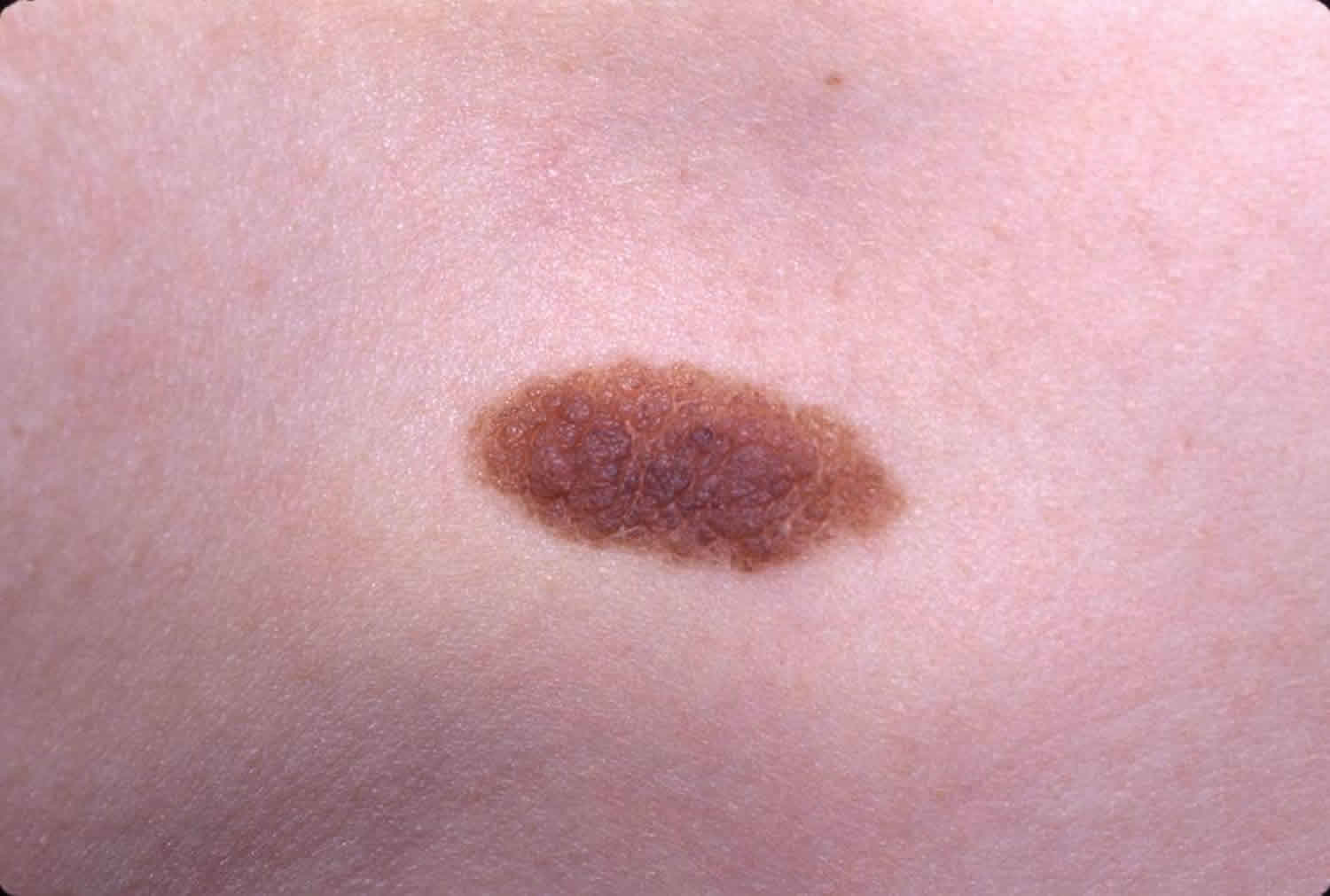Nevus

Nevus, also known as a mole, is a common type of skin growth that can appear anywhere on the body. In most cases, nevi are benign and do not require treatment. However, in some cases, nevi can be a sign of a more serious condition, such as skin cancer. In this article, we will discuss the different types of nevi, their causes, symptoms, and treatment options.
Types of Nevus:
There are several different types of nevi, including:
- Congenital nevi: These are moles that are present at birth and may be larger than normal moles. They can be a sign of a higher risk of developing skin cancer.
- Acquired nevi: These are moles that develop later in life and are the most common type of mole.
- Atypical nevi: These are moles that have irregular borders or colors and may be a sign of a higher risk of developing melanoma, a type of skin cancer.
Causes:
The exact cause of nevi is not known, but they are believed to be the result of a combination of genetic and environmental factors. Exposure to UV radiation from the sun can increase the risk of developing nevi.
Symptoms:
The most common symptom of nevi is a small, brown or black spot on the skin. Nevi can also be pink, red, or flesh-colored. They are usually round or oval in shape and can range in size from a small dot to several inches in diameter. Some nevi may have hair growing from them. Increase in size of the nevi or change in color or texture are the warning signs when you should consult board certified Dermatologist at the earliest.
Treatment:
Most nevi do not require treatment, but some may be removed if they are causing discomfort or if there is a concern about skin cancer. Treatment options include:
- Excision: This involves removing the nevus and stitching the skin back together by cosmetic fine stitches.
- Shave biopsy: This involves shaving off the top layer of the nevus and sending it to a laboratory for testing.
- Laser therapy: This involves using a laser to remove the nevus.
Prevention:
Preventing nevi is difficult, but individuals can take steps to reduce their risk of developing skin cancer, which can sometimes be associated with certain types of nevi. These steps include:
Limiting sun exposure, especially during peak hours when the sun is strongest.
- Wearing protective clothing and hats when outside.
- Applying sunscreen with an SPF of at least 30 regularly.
- Avoiding direct sun exposure.
Nevi are a common type of skin growth that can appear anywhere on the body. Most nevi are benign and do not require treatment, but some may be a sign of a higher risk of developing skin cancer especially in geriatric population. Treatment options include excision, shave biopsy, and laser therapy.
If you have concerns about a nevus or other skin growth, consult with a qualified medical professional-Board Certified Dermatologist or Cosmetic Surgeon to determine the best course of action for your specific needs.
